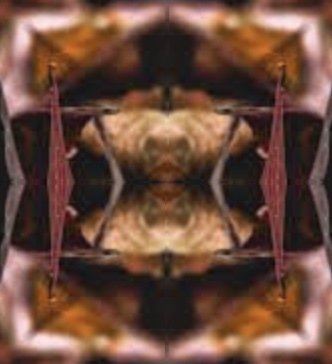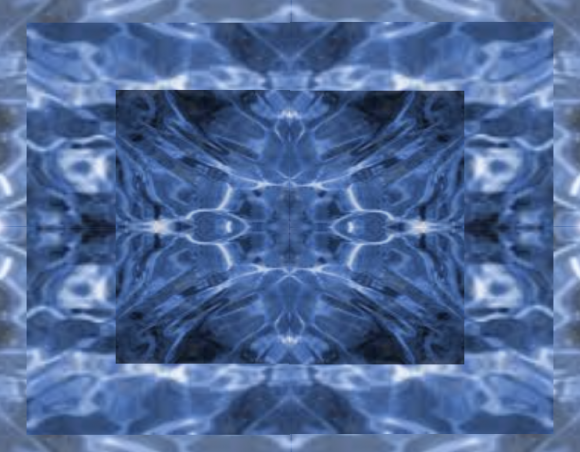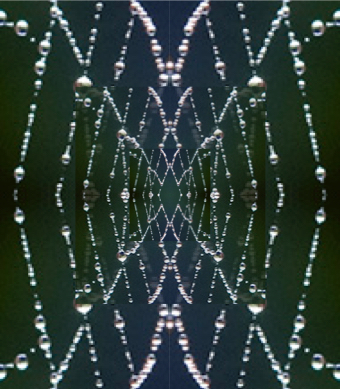Spirit, according to Jung, is the archetype of a hidden meaning in the chaos of life. When it appears personified, it will typically be the Wise Old Man (but it might be a helpful animal, a child, and so on); when it gets projected (and is not personified), it shows up as synchronistic effects in the external world.

This is more than a trivial observation. As we have learned from Hillman, personifying is a mark of the workings of soul (not spirit; and Hillman keeps reminding us that these are fundamentally different things). Therefore, when spirit appears as Wise Old Man, it appears in and through the realm of soul; and perhaps the most direct constellations where we can observe this are underworld journeys. When Odysseus or Aeneas are on their respective nekyias, they seek advice from personified spirit (Teiresias and Anchises), but they do it in the underworld, that is: in the depths of the psyche.
Hades’ realm refers to the archetypal perspective that is wholly psychological, where the considerations of human life — the emotions, organic needs, social connections […] — no longer apply. In Hades’ realm psyché alone exists; all other standpoints are dissolved.
Hillman, Re-Visioning Psychology, 207.
We get into these depths by becoming gradually removed from the external world: the dynamic behind the idea of an underworld journey is one where an individual gets distanced and estranged from the social and physical world, and withdraws inwards, into the soul. The dynamic can take many forms; one of the starkest and darkest of which is during the midlife transition:
At the crux of midlife liminality is the experience that is imagined, dreamt, and felt as existing in a land of the dead.
Stein, In Midlife, 108.
Yet in most cases it seems that the whole point is not so much the descent itself, or that it is a descent into soul: the point seems rather to be that it is spirit which is sought. We go into the depths not simply for the sake of doing so; we go there to find (or re-discover) the hidden meaning behind an otherwise chaotic world. That, I think, is the reason Odysseus meets Teiresias, Aeneas meets Anchises, and so on.
(And if this line of thought is correct, then Hillman’s soul-work would be much closer connected to what he wants to demarkate it from, namely: spirit-work, than he thinks.)



